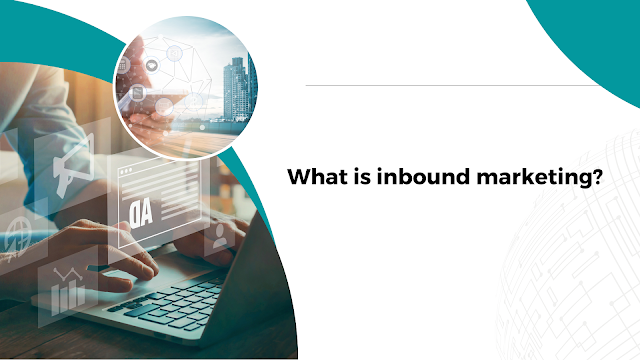Use this in-depth guide to discover the power of inbound marketing in the digital age. Discover the essential building blocks to draw in, hold on to, and convert your target audience—such as content production, search engine optimization, and social media interaction. Learn the benefits of using inbound marketing, such as increased credibility, relevance, long-term cost-effectiveness, and quantifiable outcomes. Explore further with effective case studies, advice on creating content, overcoming challenges, and helpful resources for execution. Convert your marketing approach from a distracting noise to a drawing in customers. Begin producing your content library to reap the complete advantages of inbound marketing.
Demystifying Inbound Marketing in the Digital Age: Attract, Engage, Convert
Traditional marketing strategies frequently backfire in the fast-paced online environment, where attention spans are short and ad fatigue is rampant. However, a more subdued revolution known as inbound marketing is underway, one that puts value ahead of disruption.
What precisely is inbound marketing, then? To put it plainly, it's a calculated method of drawing clients by producing experiences and informative content that speak to their wants and needs. Rather than attempting to attract attention with obtrusive advertisements, inbound marketing seeks to establish itself as a reliable source and mentor.
Consider it like this: You're creating a library full of insightful guidance, interesting stories, and useful information rather than yelling your message over a loudspeaker. When someone is looking for information and comes across your library, they learn about the solutions you provide, which naturally builds rapport and trust.
Here are the key pillars of inbound marketing:
The king is content: Your cornerstone will be producing excellent content, such as blog articles, webinars, videos, and infographics. This material should be educational, entertaining, and pertinent to the interests and problems of your target audience.
SEO optimization: It's critical to make sure your content can be easily found by search engines once you've produced it. By improving your content's position in search results, search engine optimization (SEO) increases the likelihood that it will draw in interested readers.
Social media engagement: Sharing your content, interacting with your audience, and fostering relationships are all made possible by having a strong online presence on social media platforms.
Lead generation: It's time to turn visitors into leads after you've drawn them in and piqued their curiosity. This could be providing webinars, consultations, or free resources that can be downloaded in return for contact details.
Your ally is automation: Automation tools that help you manage leads, optimize workflows, and personalize your efforts are essential to inbound marketing success.
What makes you think that you should adopt inbound marketing, then? Here are some strong arguments:
Increases trust and loyalty: Creating informative content establishes your authority and builds trust, which attracts more devoted and engaged clients.
Long-term cost-effectiveness: Unlike transient advertising campaigns, inbound marketing provides a steady stream of leads and clients, even though an initial investment is needed.
Relevant and targeted: You can increase conversion rates by attracting the correct audience with content that is catered to their unique requirements and interests.
Measurable outcomes: Unlike traditional marketing strategies, inbound marketing lets you monitor and assess your progress, so you can adjust your plan for maximum effectiveness.
While it's not a panacea, inbound marketing is still a potent instrument for companies operating in the digital era. You may turn your marketing efforts from a noisy distraction to a customer magnet by providing value, drawing attention, and cultivating relationships. Thus, take up your symbolic shovel and begin creating your content collection; the benefits of inbound marketing are just waiting to be realized.
Feel free to expand on this article by:
- comprising successful inbound marketing campaign case studies.
- giving advice on how to produce quality content.
- talking about typical inbound marketing obstacles and solutions.
- Providing resources for further learning and implementation.
You can assist companies in realizing the benefits of inbound marketing by crafting an interesting and educational post.
In conclusion, in this ever-changing digital landscape, embracing inbound marketing is not just an option, but a necessity for businesses looking to achieve long-term growth. By focusing on delivering value rather than causing disruption, this approach emphasizes the creation of informative and captivating content, optimizing for search engines, actively engaging on social media, and generating leads efficiently. These pillars of inbound marketing work together to build trust and loyalty, ensure cost-effectiveness in the long run, target the right audience, and deliver measurable results. While it may not be a one-size-fits-all solution, inbound marketing offers a powerful strategy to turn your marketing efforts into customer magnets. As you embark on your inbound marketing journey, take the time to explore case studies, refine your content creation strategies, overcome common obstacles, and make use of valuable resources for continuous learning and implementation. With the right mindset and approach, businesses can unlock the full potential of inbound marketing in this dynamic digital era, forging meaningful connections and driving sustainable success.

.png)
0 comments:
Post a Comment